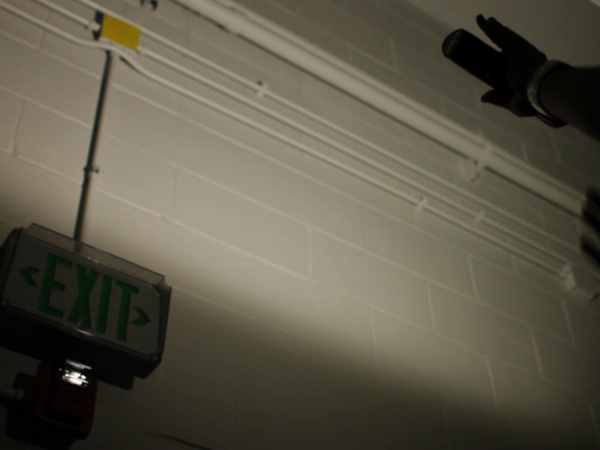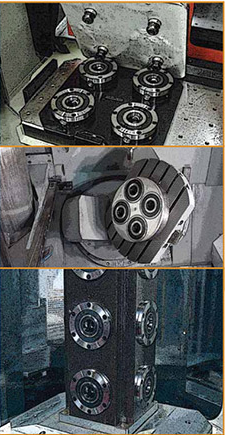Hammer Drills: Essential for Heavy-Duty Drilling Tasks
A hammer drill is a specialized tool designed for drilling into hard materials such as concrete, brick, and stone. Unlike regular drills, hammer drills combine rotation with a hammering action, making them ideal for heavy-duty applications. Whether you’re a DIY enthusiast or a professional contractor, knowing how to use a hammer drill can significantly improve your project results.

What are hammer drills used for?
Hammer drills are mainly used for boring holes into hard surfaces like masonry and concrete. The hammering action helps to break up the material as the drill bit rotates, allowing for quicker and more efficient drilling than a standard drill can offer. Hammer drills are indispensable for tasks like setting anchors, drilling holes for rebar, or installing fixtures on concrete walls. They’re also valuable in projects where precision drilling into hard surfaces is required, such as installing retaining wall geotextile.
How does a hammer drill compare to a regular drill?
The significant difference between a hammer drill and a regular drill lies in the hammering function. While a regular drill only rotates the bit, a hammer drill combines this rotation with a pounding action. This dual-action enables the hammer drill to penetrate much harder materials. Most hammer drills also feature a switch that turns off the hammering function, allowing the tool to function as a standard drill when needed.
Is a hammer drill suitable for woodworking?
Though designed for hard materials, a hammer drill can also be used for woodworking by disabling the hammer function. However, using a hammer drill on wood is generally not recommended unless necessary, as the tool’s power can be too much for softer materials. If your project involves both wood and masonry, such as building a retaining wall with geotextile fabric, a hammer drill with a switchable function can be very convenient.
What safety tips should be followed when using a hammer drill?
Safety is critical when using a hammer drill due to its power and potential hazards. Always wear safety goggles to protect your eyes from debris, and use ear protection since hammer drills can be loud. Ensure that your workpiece is securely clamped to prevent it from moving during drilling. Hold the drill with both hands to maintain control, and choose the appropriate drill bit for the material. If your project involves drilling near retaining walls where geotextile is used, take care not to damage the fabric or the structure.
To sum up, a hammer drill is a powerful and versatile tool that’s perfect for heavy-duty tasks involving tough materials like concrete and stone. Its dual-action mechanism makes it ideal for demanding projects. Whether you’re drilling into masonry for a retaining wall project with geotextile fabric or handling other challenging jobs, understanding how to use a hammer drill safely and effectively will lead to professional-quality results.




